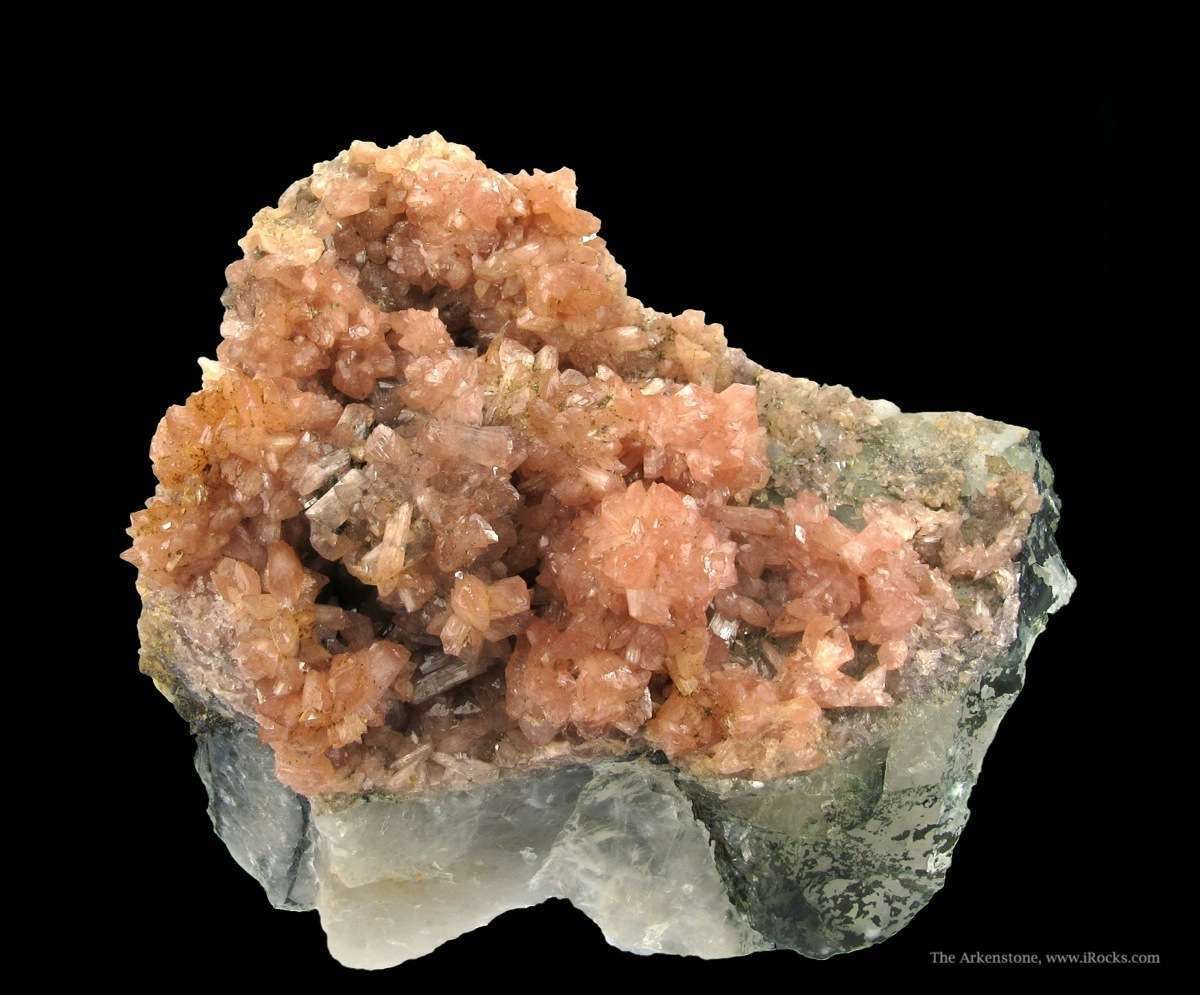Hureaulite Value, Price, and Jewelry Information
Hureaulite can show rich and lively pink, rose, and orange colors. However, this collector's gem is rarely cut.
Hureaulite can show rich and lively pink, rose, and orange colors. However, this collector’s gem is rarely cut.
Start an IGS Membership today
for full access to our price guide (updated monthly).Hureaulite Value
Comments
With a hardness of 3.5, hureaulite is too soft for jewelry use. Massive material can yield cabochons, although these are seldom cut.
The hureaulite mineral group encompasses this manganese phosphate material as well as chongite, miguelromeroite, nyholmite, sainfeldite, and villyaellenite. Researchers have determined that a red mineral formerly known as palaite from Pala, California is only a variety of hureaulite.
Synthetics
Hydrothermal processes have produced crystals of synthetic material for chemical research purposes. However, no commercial jewelry use for these synthesized hureaulites is known.
Sources
Although gem-quality crystals are rare, many sites worldwide produce this mineral.
Notable gem-quality sources include:
- United States: Pala, California (orange masses); Branchville, Connecticut; North Groton, New Hampshire; South Dakota.
- Brazil; Haute Vienne, France; Germany; Poland; Portugal.
Stone Sizes
To date, no faceted gems are known. However, facetable material likely exists. One day, adventurous gem cutters will try their hands at it.
Care
You're more likely to find hureaulites, if at all, in mineral collections than in jewelry collections. Jewelry use isn't recommended.
Avoid exposing this very soluble material to any solutions containing acids.
Consult our Gemstone Jewelry Cleaning Guide for care recommendations.
Joel E. Arem, Ph.D., FGA
Dr. Joel E. Arem has more than 60 years of experience in the world of gems and minerals. After obtaining his Ph.D. in Mineralogy from Harvard University, he has published numerous books that are still among the most widely used references and guidebooks on crystals, gems and minerals in the world.
Co-founder and President of numerous organizations, Dr. Arem has enjoyed a lifelong career in mineralogy and gemology. He has been a Smithsonian scientist and Curator, a consultant to many well-known companies and institutions, and a prolific author and speaker. Although his main activities have been as a gem cutter and dealer, his focus has always been education. joelarem.com
Related Articles
Black Diamond Value, Price, and Jewelry Information
Chameleon Diamond Value, Price, and Jewelry Information
Gray Diamond Value, Price, and Jewelry Information
Green Diamond Value, Price, and Jewelry Information
Latest Articles
Hambergite Value, Price, and Jewelry Information
Pearl Simulants: How to Spot Faux Pearls
Opal Buying Guide
Amethyst Sources Around the World: The Geological Story Behind These Purple Gemstones
Never Stop Learning
When you join the IGS community, you get trusted diamond & gemstone information when you need it.
Get Gemology Insights
Get started with the International Gem Society’s free guide to gemstone identification. Join our weekly newsletter & get a free copy of the Gem ID Checklist!
